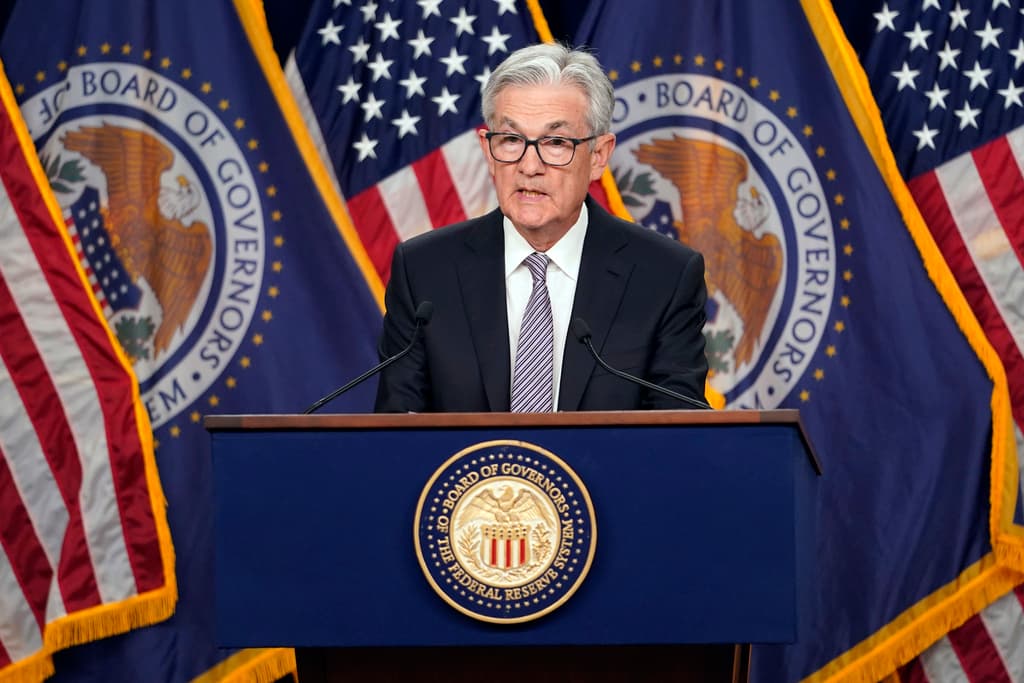Inflation Edges Up 3.4 Percent in December, Fueled by Food and Housing Prices, Casting Doubts on Rush To Cut Interest Rates
Inflation’s persistence helps explain why polls show many Americans are dissatisfied with the economy — a likely key issue in the 2024 elections.

WASHINGTON — Higher rents and food prices boosted overall inflation in December, a sign that the Federal Reserve’s drive to slow inflation to its 2 percent target will likely be a bumpy one even as the central bank faces pressure to cut interest rates.
Please check your email.
A verification code has been sent to
Didn't get a code? Click to resend.
To continue reading, please select:
Enter your email to read for FREE
Get 1 FREE article
Join the Sun for a PENNY A DAY
$0.01/day for 60 days
Cancel anytime
100% ad free experience
Unlimited article and commenting access
Full annual dues ($120) billed after 60 days
